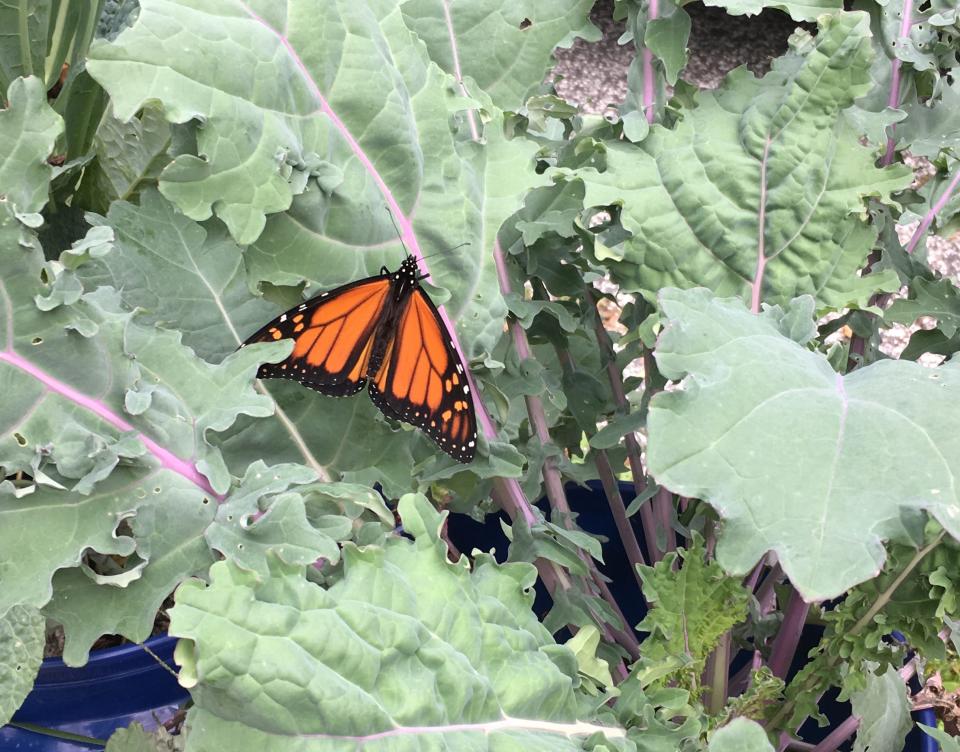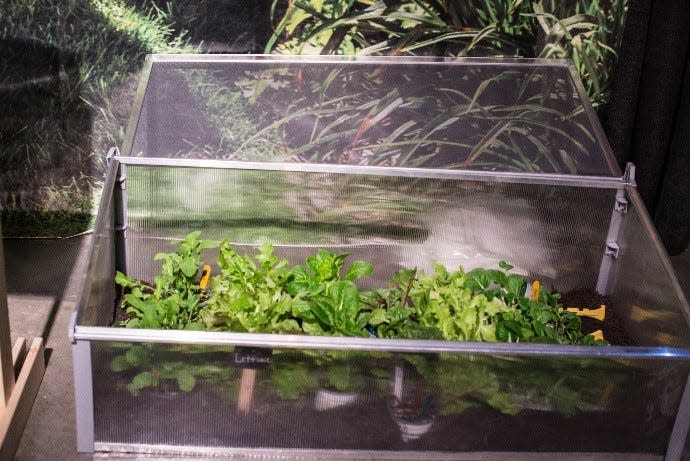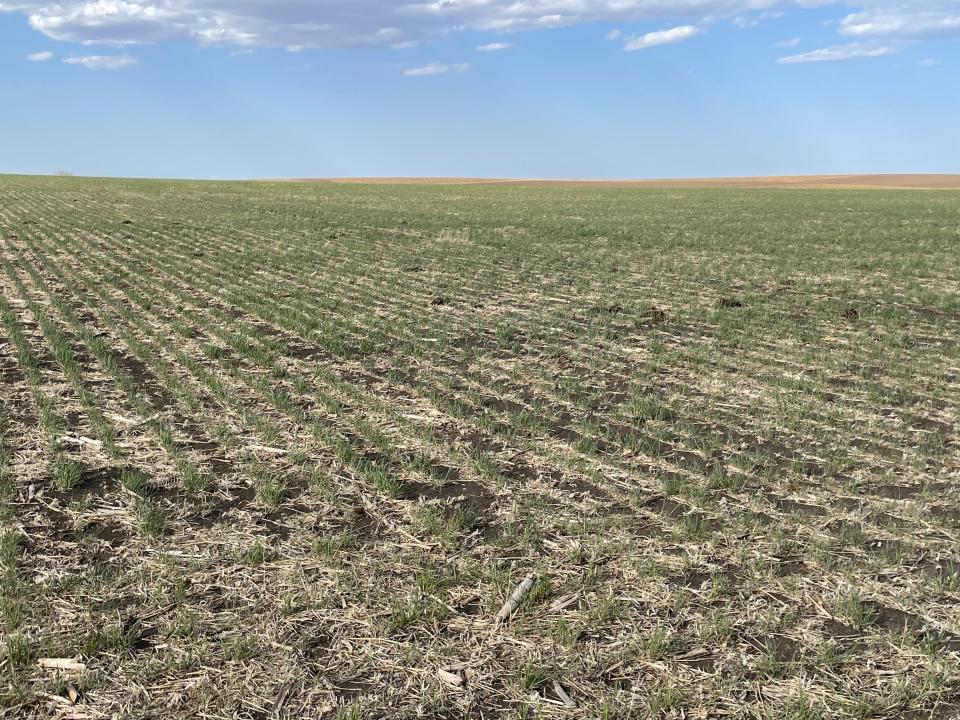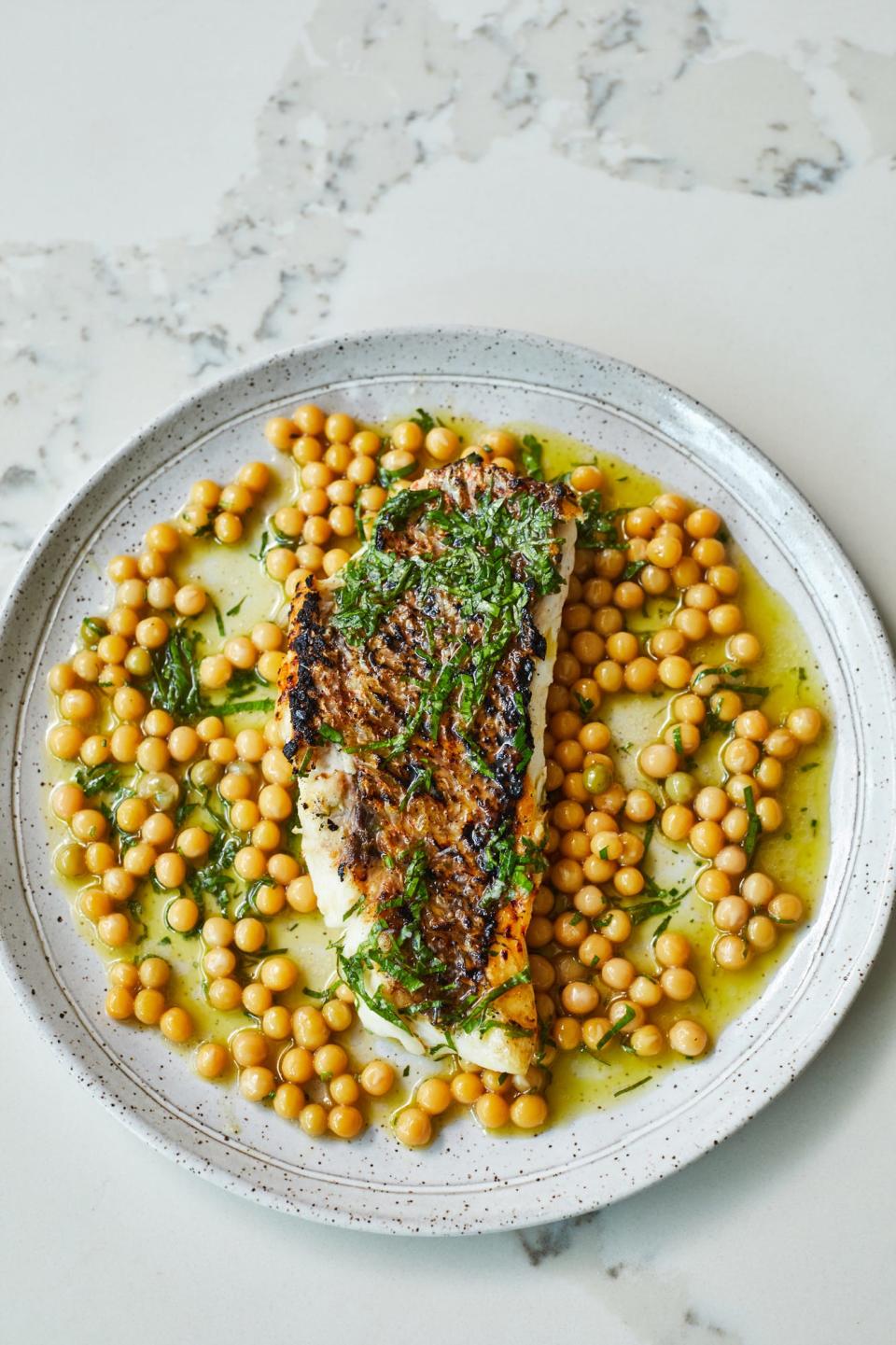Fall gardening in Vermont: you'll be surprised what you can grow this late in the season
Gardeners, don't put away your gloves yet.
Even in Vermont, there are crops you can still plant as late as Sept. 30, according to Dr. Eric Bishop von Wettberg, associate professor at the University of Vermont's Department of Plant and Soil Science.
"Don't be scared of the fall," von Wettberg said.
Von Wettberg broke down the types of crops you can plant now in Vermont into two categories: crops that can be harvested later in the fall and crops that can survive the winter to be harvested in the early spring. Both categories can yield perfectly edible and colorful harvests.
Crops to plant now and harvest later in the fall
Good crops to plant now and harvest later in the fall are leafy greens. Kale is especially cold tolerant, but other leafy greens, such as swiss chard, mustard, spinach and arugula, also work, according to von Wettberg. They won't grow huge this time of year, the professor said, but they can still yield some nice smaller-sized leaves, especially if you plant them right away.

"If you're planning to harvest in the fall, the sooner you get it in, the bigger it's going to be," said von Wettberg. "A day in September has nearly as much light as a week in later October, because the days are getting shorter and the sun is lower in the sky.
To give your crops a couple of extra weeks to grow, you can try covering them with a cold frame. Cold frames are "miniature greenhouses" that heat crops by trapping the sun's rays, according to the Cornell Cooperative Extension site.

Other vegetables that can be planted in the early fall and harvested in the late fall are tubers, such as turnips, kohlrabi, and parsnips. Your best bet to plant now is probably a daikon radish, according to von Wettberg. Daikon radishes are often used as a cover crop, but "the leaves are perfectly edible, and a small tuber is still better than nothing," von Wettberg said.
Crops to plant at the end of September and harvest in the early spring
They are not many, but a brave few crops can survive the Vermont winter to yield a harvest in the early spring.
Rye is one such crop that can tolerate the Vermont cold, according to an article by University of Vermont Extension professor Vern Grubinger.

"Rye is the most winter-hardy of all cereal grains, tolerating temperatures as low as -30°F once it is well established," Grubinger wrote.
Rye is perfectly edible, but often used as a cover crop, according to von Wettberg.
Carving a pumpkin this year?What to do with your pumpkin seeds after carving a pumpkin
For ready-to-eat crops that will survive the winter, the Austrian winter pea may be your best bet, said the professor. You can plant it deeper in the ground than you would in the spring, since the soil retains heat.

"We have planted [the Austrian winter pea] as late as Sept. 30th in South Burlington at the UVM Horticulture farm, and had it survive well," von Wettberg said. "It can survive here, and is perfectly edible as a shoot, or an early developing pod, which will form in late April/early May."
Contact April Fisher at amfisher@freepressmedia.com. Follow her on Twitter: @AMFisherMedia
This article originally appeared on Burlington Free Press: Fall gardening in Vermont: what you can grow this late in the season

